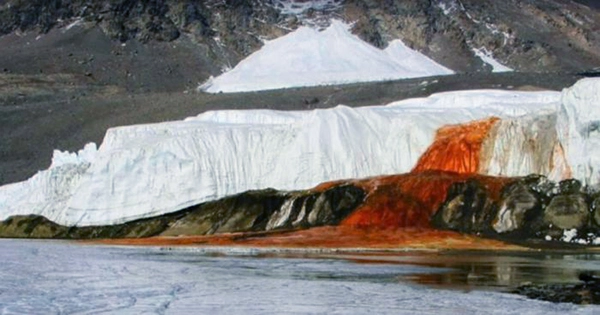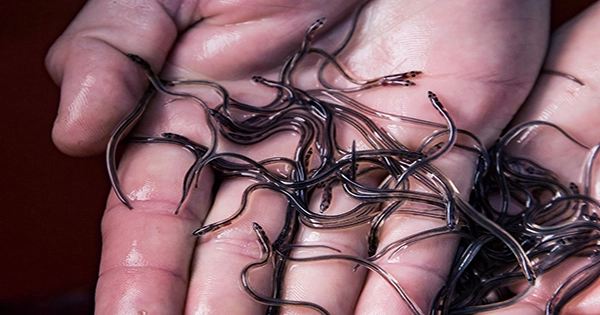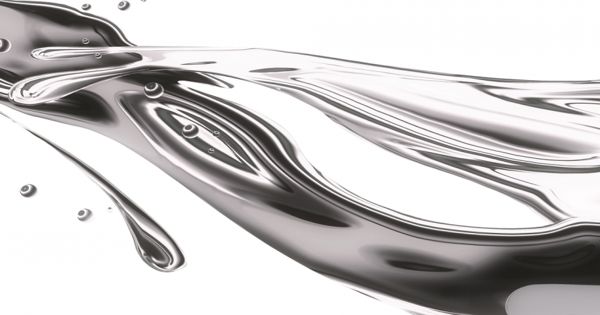In Victoria Land, East Antarctica, a waterfall known as Blood Falls gushes out of the Taylor Glacier. The daring explorers who were able to reach this remote valley were perplexed for years by this unexpected sight. Although we now have a clear understanding of what is driving this horrifying occurrence, research conducted over the past few decades has shown that this small area of Antarctica may be even stranger than previously thought.
During one of the earliest European journeys to the Antarctic, British explorer Thomas Griffith “Grif” Taylor discovered Bloods Fall for the first time in 1911. Taylor and his team initially believed that the red algae was to blame for the vivid color.
Later, it was discovered that this was false. It wasn’t until the 1960s that researchers were able to demonstrate that the red color of Blood Falls was actually iron salts, or ferric hydroxide, being forced out of the ice sheet.
The larger picture may still include microorganisms, though. In 2009, researchers found that the saltwater lake that has been trapped in the ice for between 1.5 and 4 million years is the source of the reddish water that is dripping from the Taylor Glacier. This lake is actually a small piece of a much larger subsurface network of aquifers and hypersaline lakes.
Even though there is almost no oxygen present, analysis of the water from Blood Falls revealed that the submerged masses of extremely saline water are home to a unique subglacial ecology of bacteria. This indicates that the bacteria is surviving in the absence of photosynthesis and probably feeds on the iron cycled from the brine.
In addition, the water is much below freezing when it exits the glacier, with a temperature of about -7°C (19.4°F). Only because of the high salt concentration does it manage to remain liquid.
Scientists are still baffled as to what is actually forcing the reddish brine from the glacier to the surface. Undoubtedly, a tremendous geological force is at work, but we don’t fully understand what it is.
The outpour from Blood Falls may serve as a “time glacier” from a period when our world was quite different from how it is now because the water has been trapped beneath the glacier for millions of years. According to a 2009 research, the Blood Falls system and its peculiar microbial inhabitants may be able to shed light on how life on Earth endured when the entire planet was frozen over, as is the case during the Snowball Earth period.
It might also provide some insight into the potential existence of life on other planets like Mars and Jupiter’s moon Europa, which have subglacial bodies of frozen water.
















